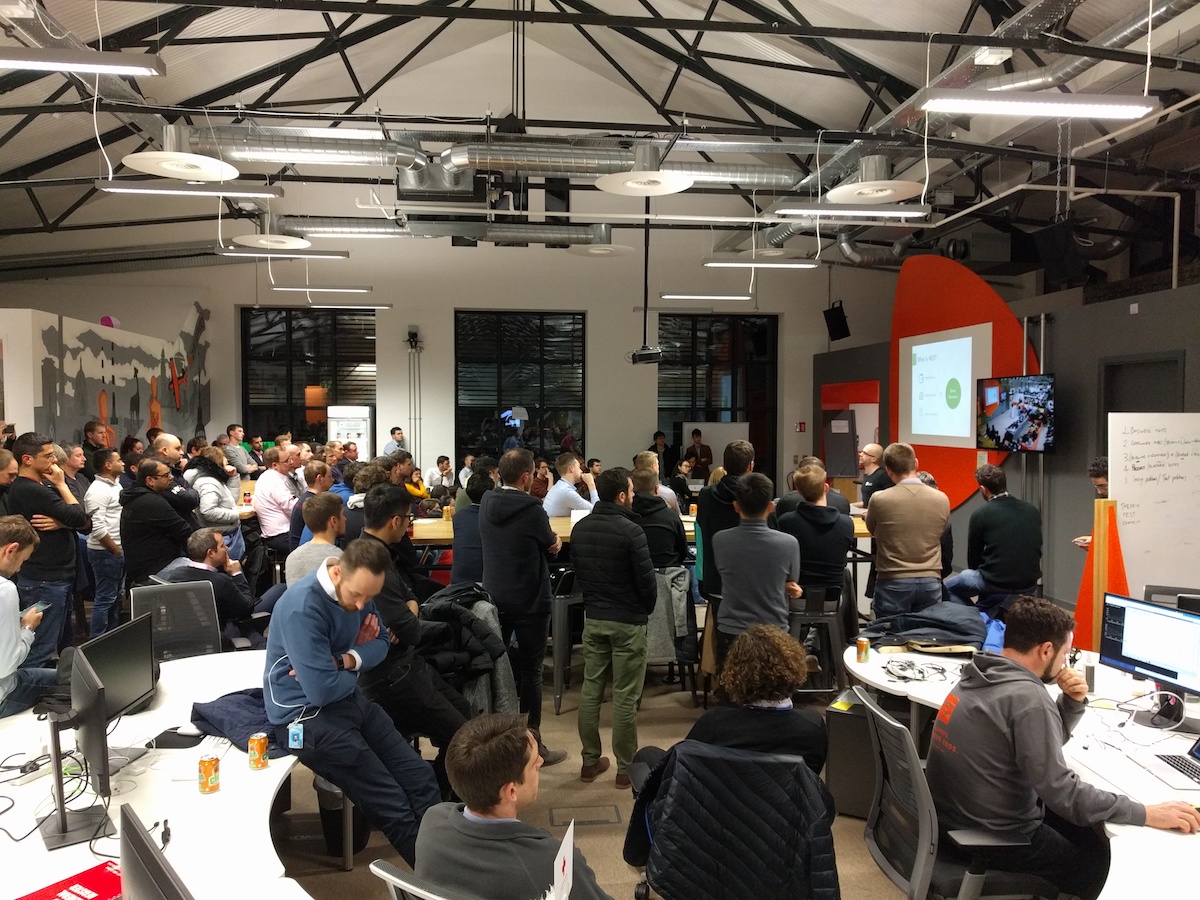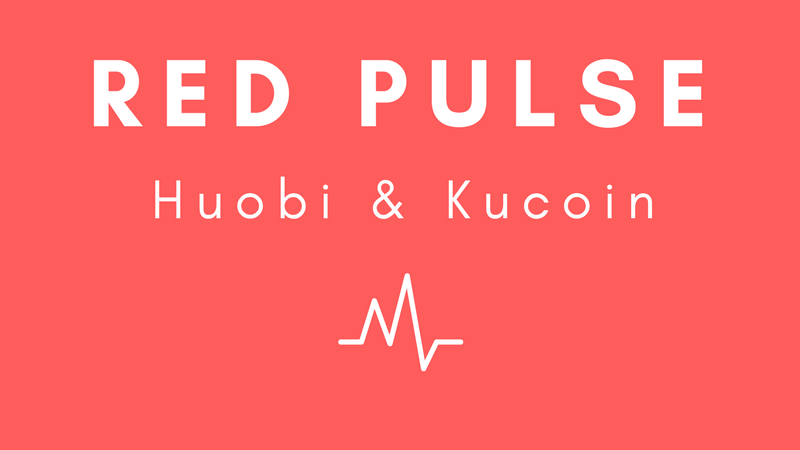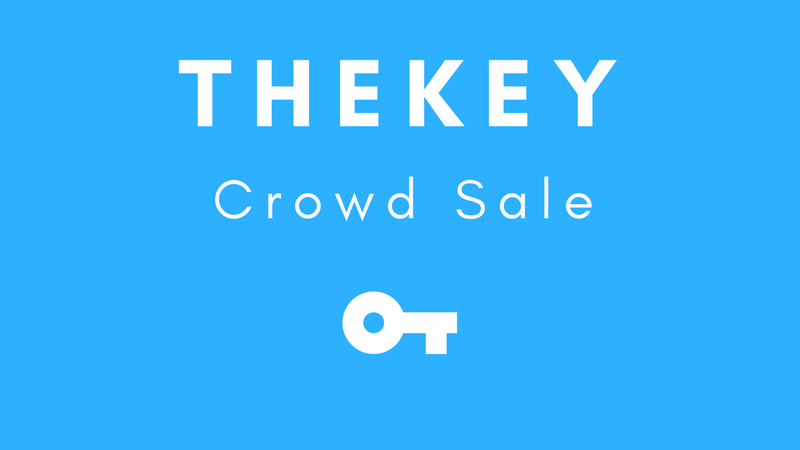
On January 8, 2018, NEO held its first European meetup in Zolando right in the heart of Dublin’s Crypto Docks. The meetup was doubly oversubscribed with many NEO enthusiasts disappointed and left on the waiting list. Those that did make it to the crowded venue filled the seating to capacity with many forced to stand for the two hour meeting.
In all, there were six presentations. The meetup was hosted by Kevin Eid of Zalando who welcomed everyone and invited Malcolm Lerider, senior R&D manager for NEO, to open proceedings. Malcom opened his talk by sharing the core philosophy behind NEO, namely that this public blockchain was developed with business in mind rather than the other way around. He outlined some of the main features of NEO for the audience, talking of the possible speeds of transactions. Malcolm said NEO is capable of a few thousand transactions per second, and that if platforms are claiming millions of millions tps, then they are using off-chain scaling which are technologies that can also be applied to NEO.
NEO has the capacity to scale quickly too, he argued, and the single confirmation required for finality was an advantage. The audience nodded in agreement, many of whom were developers.
Ears pricked up when Malcolm went to speak about OnChain. ‘Here is where the benefits of private and public distributed ledgers can be integrated,’ he said. ‘It is possible to build your own private blockchain and then communicate with NEO’s public ledger in the same ecosystem.’
Questions after his talk asked about the fixed GAS fees and more obviously on the location of NEO in China. Malcolm was very sanguine. ‘Yes, NEO is based in China but it is a distributed, decentralised platform. NEO is a global project first,’ he assured the visitor. ‘There is no way to stop it.’

Thus the audience reassured, the next speaker took to the podium; Stanley Chao from Red Pulse. Stanley greeted the Irish audience and said that China was no longer building walls; it was building bridges and roads. China is the world’s next super power and will soon obtain the top place in terms of GDP. This brought both risk and reward according to Stanley.
‘The 90s were the age of access’, according to Stanley. ‘The noughties the age of aggregation and now we had reached the age of context,’ he said.
Red Pulse claims to separate the signal from the noise. Its platform is an open eco resource system for research.
‘We were formed in 2015 when we provided financial research for clients. Now we have opened that out and put it on the blockchain,’ explains Stanley. ‘We match researchers and external data analyses with clients. Payments are made in the system via tokens. It means that both creators of content can get paid faster and consumers can reduce their costs.’
He was asked about verification of the experts which he said would be covered by due diligence and insider trading which he explained would be eliminated by moving to this more transparent blockchain model. It was a ‘shared economy for research’ he said – and he was hiring if anyone wanted to move to China.
DeepBrain Chain was presented by Li Chuanfeng. His Artificial Intelligence company was the first to move to the blockchain – a powerful combination, he contended.
Wowoo and OKWave gave a joint presentation. OKWave is Japan’s largest Q&A community – ‘O’ standing for question and ‘K’ for answer. It was looking for a way to monetise the kindness of people answering questions and decided the blockchain was the answer.
Fujimaru Nichols from Wowoo took up the presentation. ‘1.5 million users and 46million pieces of data in the database – we wanted to incentivise the user base and so we chose the blockchain,’ said Fuji.
‘We have a vision of creating a platform where everyone, anyone can create their own token, they do not have to be a programmer, just someone with a vision.’
The first project for Wowoo is OKWave and the next is a project based on stem cells. ‘We want to help people,’ he said, adding that Roger Ver was also on their council.
Asked why they had built on Ethereum rather NEO, Fuji answered: ‘We built our platform before we met NEO. Next time we will build on NEO.’
Next up was Hiroyuki Enomoto of the QRC Group. Hiroyuki had quite a connection to Ireland. Back in the 2002 Football World Cup the Irish football team were billeted in his tiny home town. Robbie Keane, the famous Irish striker, had kicked a ball in the local hotel’s foyer, smashing the chandelier. It all turned out okay and despite Robbie offering to pay for the damage, the manager accepted an autograph instead. This raised a laugh in the audience.
Hiroyuki went on to explain that QRC was a RegTech company. He explained that changes to regulations often required huge expense and time to implement in financial companies. Some changes could run to thousands of pages with very costly impact on the company needing to comply.
‘In addition, regular compliance in implementing KYC or AML can be very time and labour intensive,’ he explained. ‘Moreover banks don’t share this information which duplicates cost and irritates customers.’
QRC was putting these systems on the blockchain with the intention of ‘making the world more compliant and secure.’
Finally a major investor for Zeepin Chain, Leo Chai, explained his company was connecting creators with consumers, giving greater value to the designer and cutting out the middle man. In the Zeepin Chain eco system creators would earn more for their products, protect their copyright and reach new markets. ‘Earn, pay and invest,’ were the key words for the company. Leo also pointed out that the CEO, Zhu Fei, was a former CEO of Arting365, a massive marketplace for creativity and innovation. ‘It was a natural extension to move the concept onto the blockchain with the advantages it brings,’ he says.
The meeting concluded at that point with Kevin thanking the crowd for their attention. The NEO tour will continue to visit London, Hamburg, Amsterdam, and Vienna.
Written by Jillian Godsil – @jilliangodsil







About The Author: Contributor
More posts by Contributor